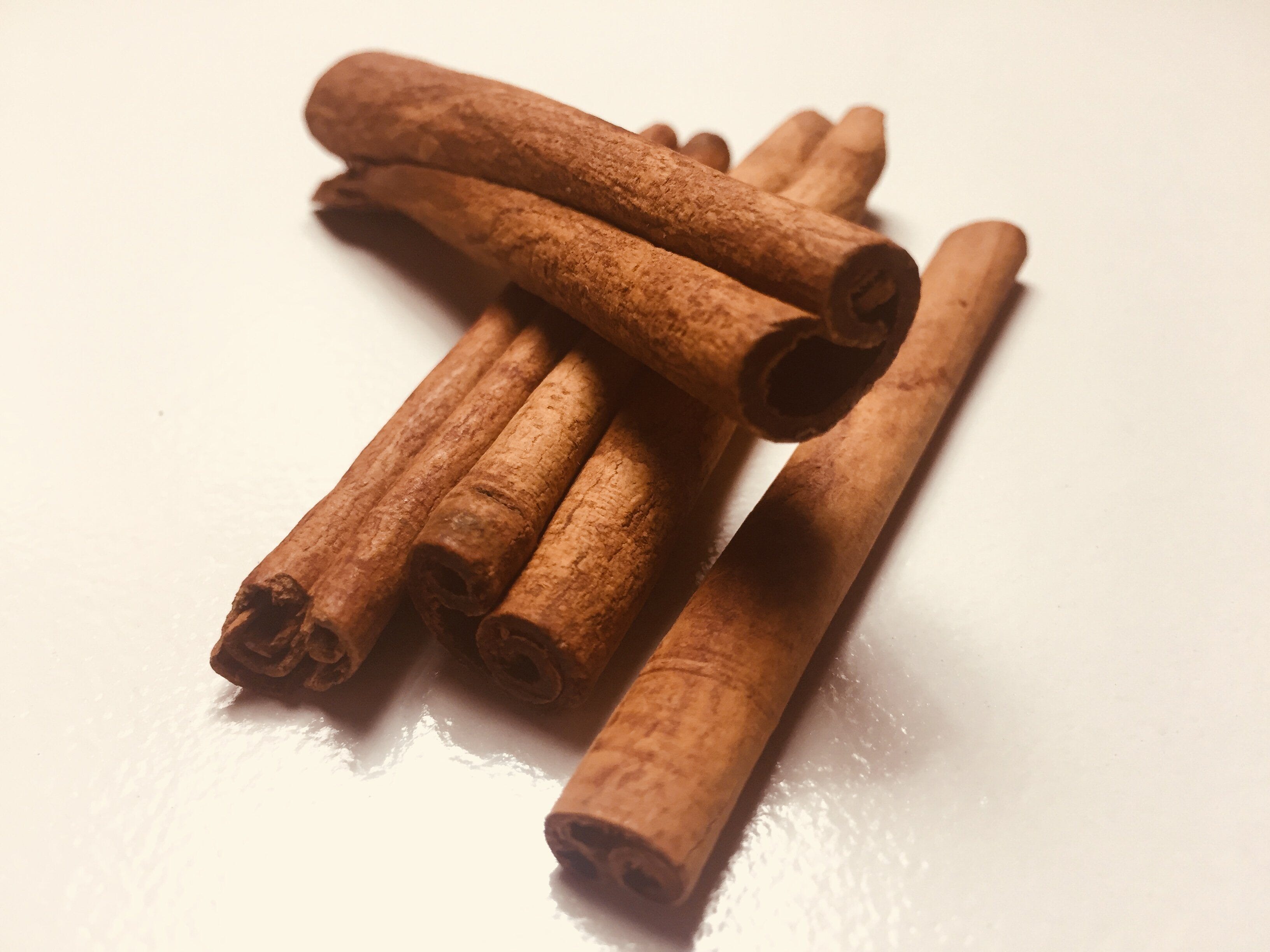Cinnamon Cassia: Culinary Imposter or Economical Crackerjack?
Is Cinnamon Cassia Really Inferior to it’s Ceylon Counterpart? Let’s find out.
Every baker or spice connoisseur is well aware that there is more than one variety of cinnamon, and that just one has been deemed the world’s only true cinnamon—the fragrant culinary enhancement derived from the young bark of the Cinnamomum Verum tree, better known as Ceylon cinnamon. But what about cassia cinnamon?
Cassia is oftentimes referred to as Chinese cinnamon because of its origins in Southern China and is also known by another moniker, fake cinnamon—though that’s not quite accurate either. Cinnamomum Cassia is one of many cinnamon varieties and is indeed related Cinnamomum Verum, as the name suggests, but they are more like distant cousins than one and the same.
Using the cousins metaphor, let’s imagine them with humanistic traits. Consider the variations in features and personalities of your own cousins. The same is true for cinnamon varieties. The two in question do have the same basic flavor profiles but that is where the similarities end. Ceylon is sweet, subtly spicy, incredibly smooth, and a welcome and somewhat unexpected addition to nearly everything—kind of like the James Bond of the cinnamon realm. Cassia, on the other hand, is more like Austin Powers—slightly bitter, greasy, and quite abrasive. And just like Austin Powers thrived in London in the 1960s, yet is somewhat out of place elsewhere, there is a time and place for Cinnamon Cassia.
Because of its strong flavor, Cassia cinnamon is often the preferred choice for rich braises and classic curry recipes. It is also one of the primary spices found in Chinese medicine because of the high levels of coumarin (a blood thinner, that can be toxic in large doses) hosted within the cassia bark. Personally, I also find it the better choice for doing holiday crafts with my daughter, because it is the more economical option.
Beyond that, Ceylon is often deemed the superior of the two, and when it comes to my cooking, I absolutely agree. It adds an element of brightness and subtle spice to my recipes without overpowering a dish. It’s delicate and floral and is also preferred by most professional bakers. Still, it is represented far less often than Cassia cinnamon globally. In fact, most cinnamon found in the United States is actually the cassia variety due to the lower price point.
Don’t forget though, you really do ‘get what you pay for’, as the saying goes.
So, beyond price, how can you tell the difference between the two without actually tasting them first?

Cassia cinnamon (left) is much thicker and presents as a single, piece of bark with the two ends rolled in toward each other. It is the stronger of the two and quite difficult to break or grind. The color is usually dark brown or reddish brown.
Ceylon cinnamon (right) has a similar rustic appearance of a cigar, with layers of paper-thin bark rolled into a single quill. It is extremely fragile and quite frequently presents with breaks or cracks. The color is light brown.
The moral of the story? While Ceylon cinnamon is the one true cinnamon, cinnamon cassia isn’t necessarily fake, it’s simply different. So for your holiday crafts, grab up as many of those mass-distributed, lower-priced, cassia sticks as you can get your hands on. But when it comes to your cakes, pastries, and other holiday sweet treats, whether you buy from us or another vendor, get the good stuff and taste the difference.
Buy (True) Ceylon cinnamon from SloFoodGroup.
Explore Our Full Line of Cinnamon Stick & Powders
If you find this interesting, you can learn more about the history of Ceylon cinnamon here.
Looking for another way to use your Ceylon Cinnamon? Try this autumn hot toddy with clementines, cloves, and Ceylon cinnamon.







Slofoodgroup
Author